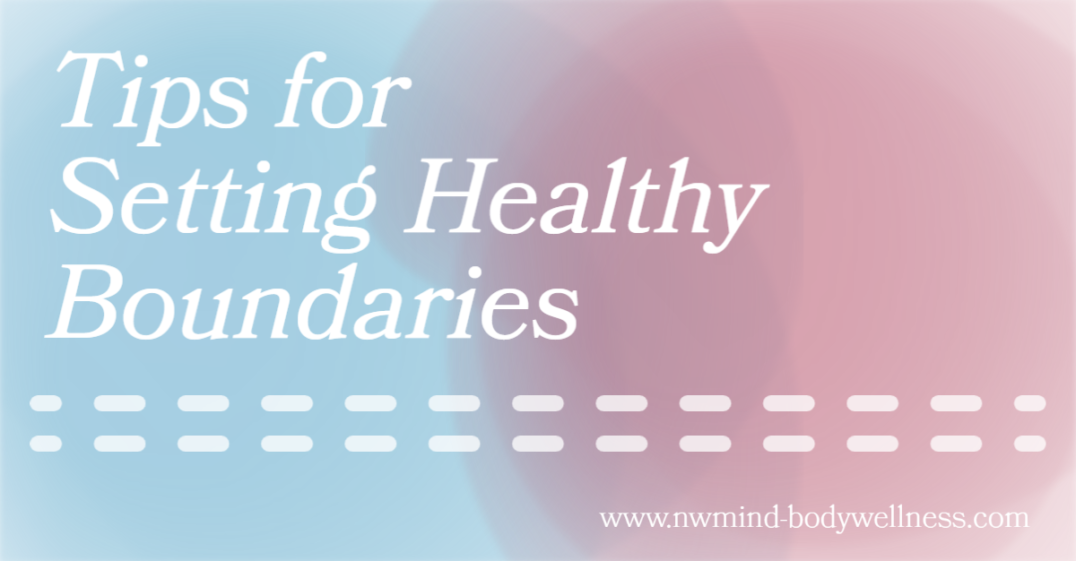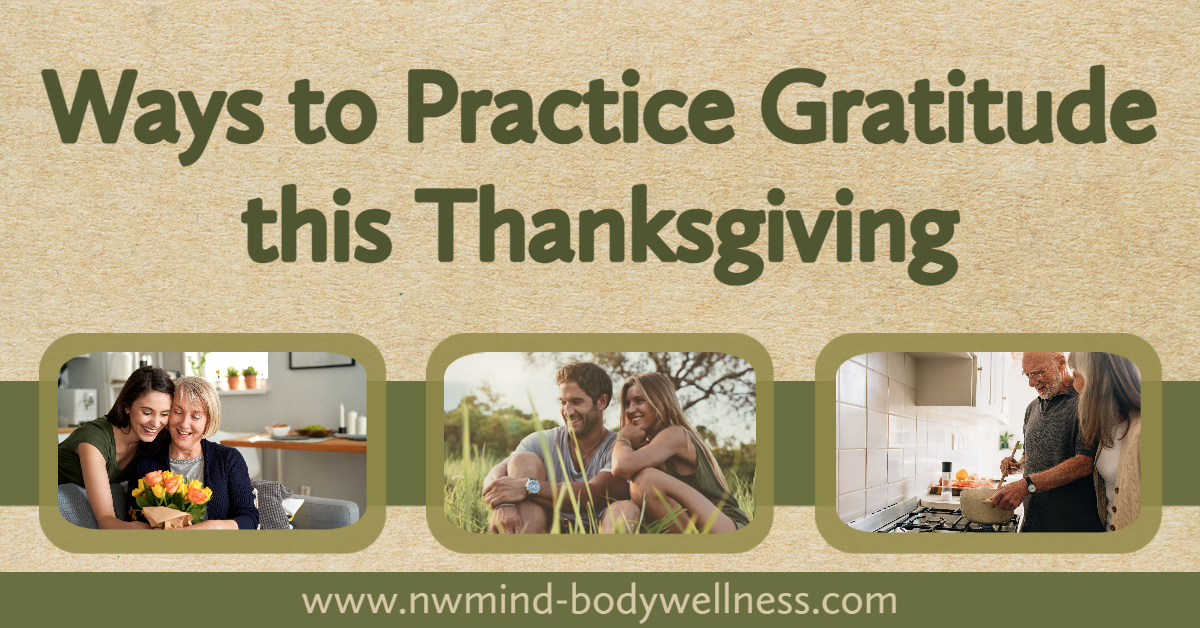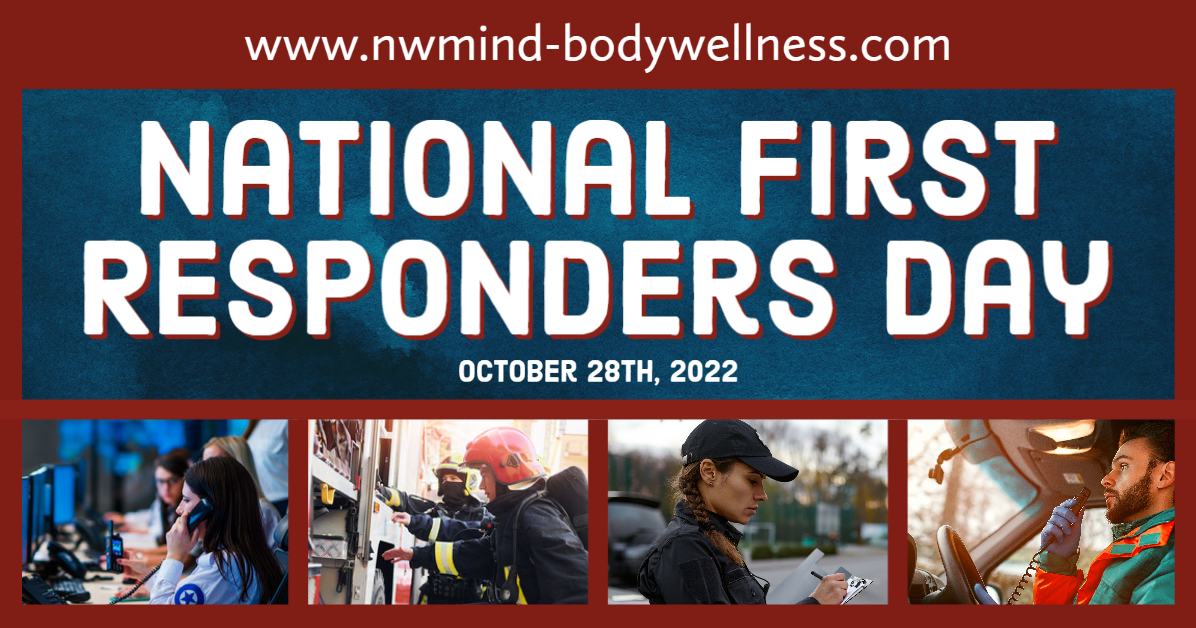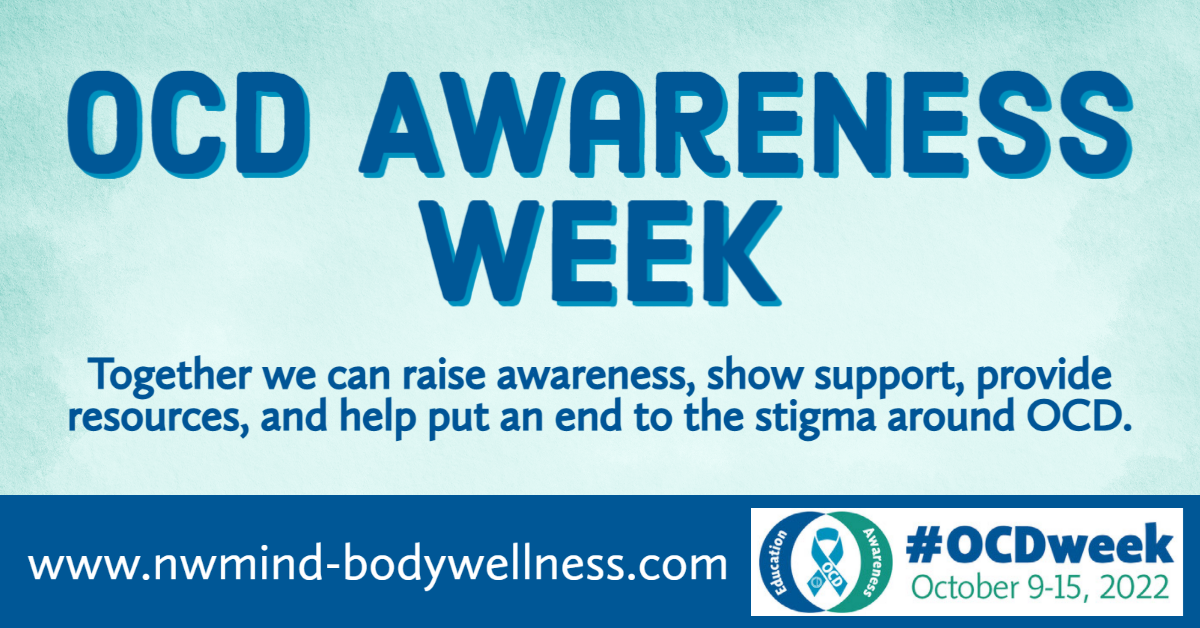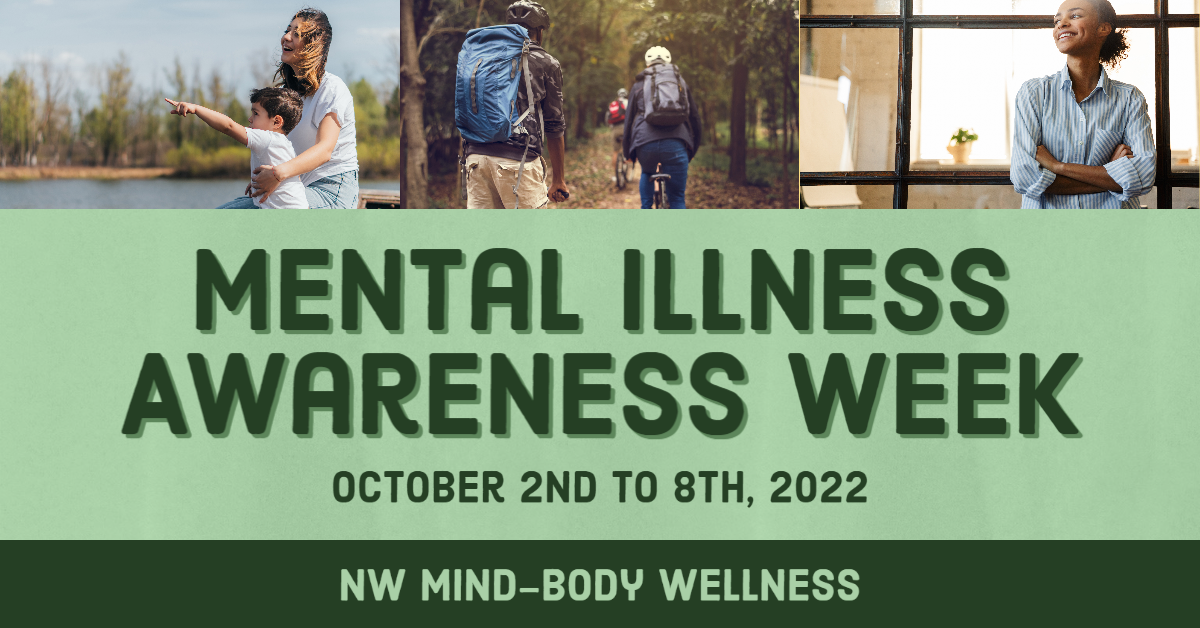Setting Healthy Boundaries
Setting healthy boundaries plays an essential role in taking care of ourselves. Boundaries help protect your mental health by allowing you to avoid feelings of resentment, disappointment, and anger that may build up when your limits have been pushed.
As described by the clinical psychologist, Carla Marie Manly, PhD, “Boundaries are the separations that humans need—mentally, emotionally, and physically—to feel safe, valued, and respected.”
There are many ways that you can help yourself start setting boundaries and working towards healthier relationships. To help get you started, we suggest the following tips for setting healthy boundaries.

Discover Your Own Boundaries and Limits
The first step in setting healthy boundaries is to know your own limits. Many people have a hard time recognizing their limits until they have been exceeded. Take note of the times when you feel like you have been pushed too far. This will help you better identify where you would like to establish boundaries.

Allow Yourself to be Honest
Establishing boundaries with others can seem daunting. Many people worry that expressing their needs with honesty may upset others. In some cases, setting boundaries with someone may initially cause them to have a negative reaction. However, by allowing yourself to express your needs and limits honestly to others, you are taking a step towards bettering the relationship and your own health in the long-run.

Learn to Say “No”
Many individuals struggle to say “no” to others. This may stem from a fear of rejection, a desire to please others, or any other deeper reason. Learning to say “no” is essential to establishing healthy boundaries. When you allow yourself to say “no” to others, you are sticking up for yourself and overall well being.

Be Assertive
When establishing boundaries with others, it is okay to be assertive. By clearly explaining your boundaries and reasoning, you can help others understand your needs and limits. It may be hard to explain your boundaries directly, but by doing so you are helping ensure that you are heard and that your needs are respected.

Remind Yourself of Your Personal Values
Setting boundaries can be very challenging. Some individuals may even feel guilty for stating their needs and limits to others. However, it is important to remind yourself that the efforts you make to protect yourself are not selfish. To help remind yourself of this, we recommend focusing on your values and reasoning for establishing these boundaries in the first place.
Return to the homepage: https://nwmind-bodywellness.com/
Read more articles at: https://nwmind-bodywellness.com/articles/
